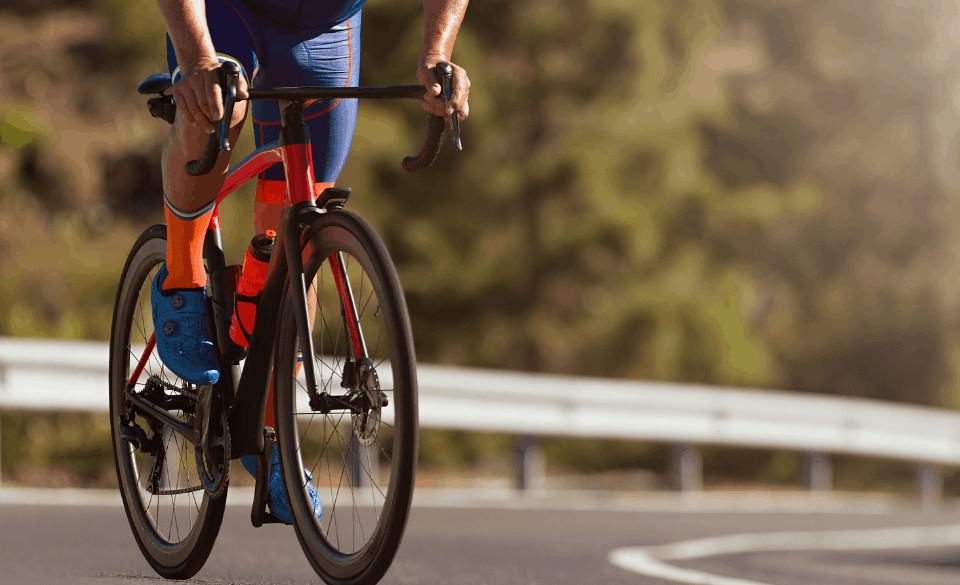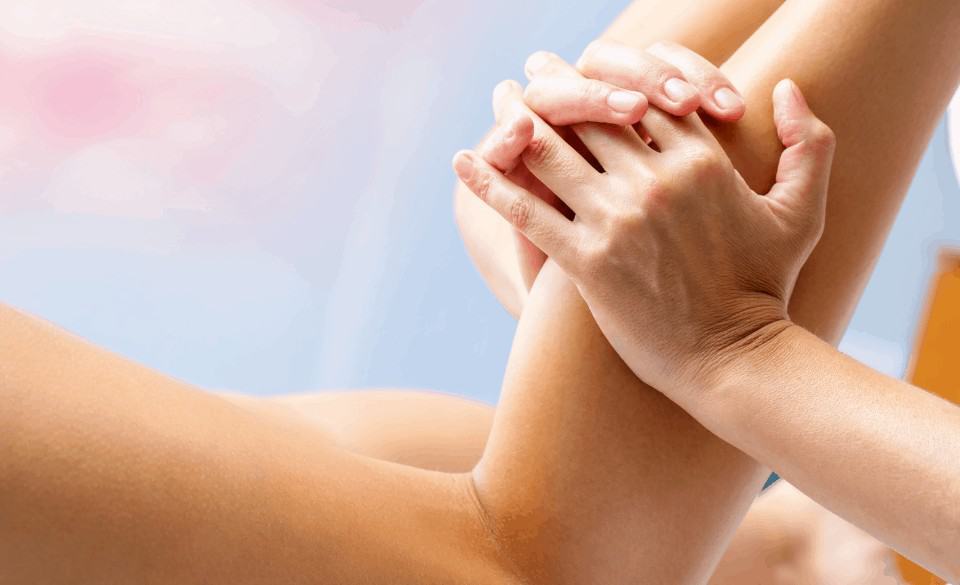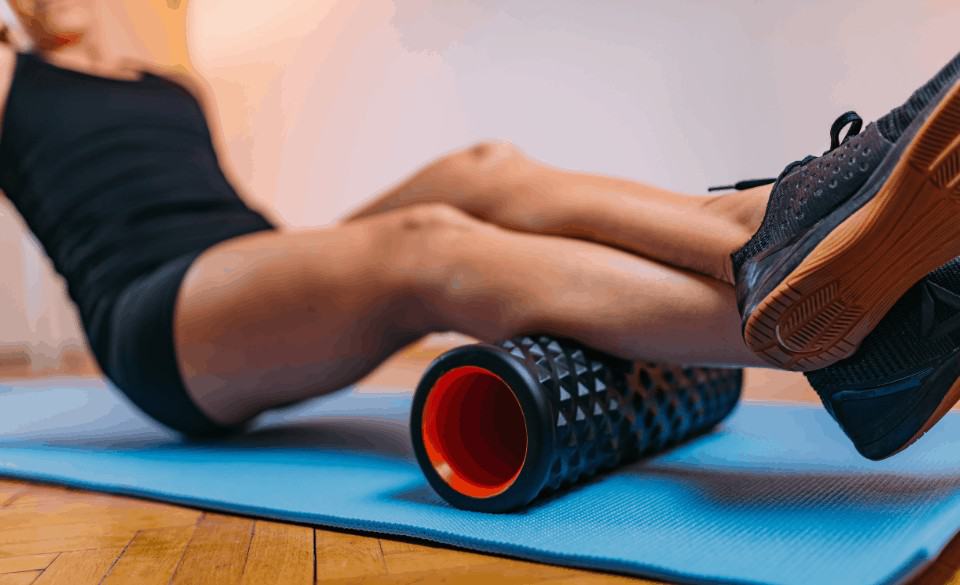
Plantaris Pain In Cycling – Symptoms, Recovery Time & Remedies
Page Contents
Plantaris pain during cycling can often keep you off the bike for up to 8 weeks. In this article we look at the recovery time, symptoms and causes to help you get back to training as quick as possible.
Plantaris Pain In Cycling – UPDATED 2020
Plantaris pain in cycling is becoming more and more common. With cyclists pushing the recovery time to the limit and spending more time on their bike than ever, there has been an increase in lower leg injuries.
Often caused by the combination of training and wrong position on the bike, we have put together a informative article to help you diagnose and recover from these types of injuries.
Just remember its not an overly complicated injury and the recovery time is relatively quick if you allow for the right recovery time and rehabilitation period.
Plantaris Muscle Strain Symptoms
A small muscle located in the back of the leg, Plantaris muscle strain symptoms often mimic symptoms of a calf strain. Other Plantaris muscle strain symptoms include:
– Pain in the back of the calf muscle
– Swelling of the calf muscle
– Bruising of the calf muscle
– Cramping and spasm sensations in the back of the leg
Because of this Plantaris pain in cycling can prevent you from training regularly. If you can’t diagnosis from the symptoms above it is then recommended to go for an MRI or an ultrasound. Both these tests can help you confirm the injury or look for other possible causes.

Lower Leg Pain In Cycling – A Complete Guide
Not overly common with cyclists, lower leg pain in cycling still affects around 20% of cyclists. This can be caused by injuries, muscle fatigue, crashes, and bike position.
Muscle Cramp
The most common lower leg pain while cycling is muscle cramp. This usually causes sudden and intense pain in the lower legs. The pain is caused by muscle fatigue, heat, and or dehydration. While this is more common in older cyclists and untrained athletes, endurance athletes will experience this sometime during their career.
The easiest way to ease the pain is to perform a self-massage or try to stretch the affected area. Ice packs can also help to relieve tender muscles and provide pain relief.
Inflamed muscles
Muscles subject to overuse often cause pain in the lower legs and can lead to torn tendons or inflamed muscles. Signs of tendinitis or an inflamed tendon causes pain located at the back of the heel.
To relieve pain and speed up the recovery process anti-inflammatory medications are often prescribed. If it is a relatively light injury it can be treated with rest, icing and then stretching once the injury subsides.
Correct bikefitting may help to adjust you seating and cleat position to help offload added stress to the tendon. Once you have done all of the above, you can then look at strengthening the surrounding muscles and look to get full mobility back.
Blood clots
Not so common within cyclists, blood clots can often cause pain in the back of your calf muscle. These blood clots can develop deep inside a vein which is called thrombosis.
Soleus Muscle Pain While Cycling
Overuse of the calf muscle and Achilles is a common injury with cyclists. This can be caused by your cleat position or saddle height and often less from overuse. Both these combinations can cause soleus muscle pain while cycling and behind the ankle.
When your saddle is too high it will cause you to overreach during the downstroke, thus causing an overextension of the leg. If you have your cleats too forward which can also add extra strain to the Calf muscle, Soleus, and Achilles tendon.
Both situations will cause the calf muscle to contract more and bear more loading weight. Because of this, the Soleus will start to tighten as the calf and Achilles tendon can no longer support the constant load.

Plantaris Strain Recovery Time
The Plantaris strain recovery time is usually relatively quick. Because treatment of muscle injury is nearly always non-surgical, so the recovery time shortens dramatically.
While the injury can cause pain and often disability, recovery is often treated with the usual no surgical recovery procedures. This means that R.I.C.E or short for Rest, Ice, Compression, Elevation is the best form of recovery.
If the injury causes much more discomfort, cyclists may require immobilization or the use of crutches for some time. Then a gradual increase in mobility is needed through a physical therapist. Once you have more mobility, strength work can then be added to the recovery program.
The Plantaris strain recovery time will gradually resolve itself over several weeks. But remember for full recovery time it may take up to 8 weeks, but this is dependant on the severity of the injury.



